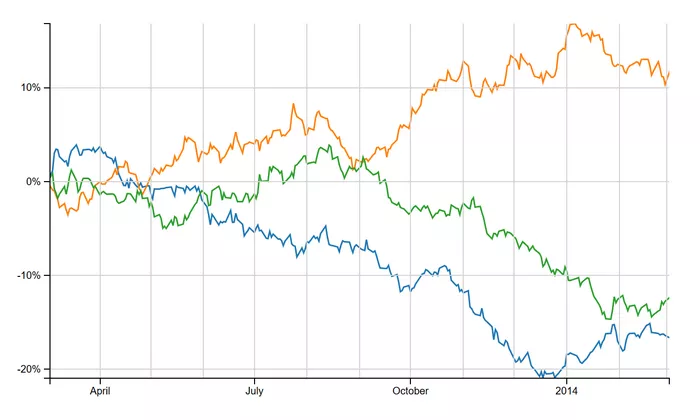With Donald Trump aiming to lead the country toward a new era of financial deregulation, cryptocurrencies in the United States are poised for widespread adoption. His support for digital currencies, combined with his influential persona, is expected to accelerate crypto acceptance among everyday Americans.
Currently, only about 15% of Americans own cryptocurrencies, according to GlobalData’s Global Product Holding Analytics 2024. However, Trump’s plans could change that. A key part of his strategy is to end the Securities and Exchange Commission’s (SEC) regulatory stance on crypto, which he has described as a “war on cryptocurrencies.” On his first day in office, Trump aims to remove SEC Chair Gary Gensler and establish the U.S. as the “crypto capital of the planet.” He also proposes creating a U.S. Bitcoin Strategic Reserve and offering support to cryptocurrency mining operations, signaling a shift towards federal backing for crypto.
Current Crypto Ownership and Usage Patterns
According to GlobalData’s 2024 Financial Services Consumer Survey, the small percentage of Americans who own crypto are among the world’s most active users of digital currencies for non-investment purposes, such as making purchases or peer-to-peer (P2P) transfers. This suggests that crypto has so far been largely embraced by passionate subgroups, particularly those advocating for decentralized finance (DeFi), rather than serving as a mainstream medium of exchange or store of value.
Trump’s sudden embrace of crypto during his presidential campaign has garnered significant attention. As a candidate, he launched a new decentralized finance venture, World Liberty Financials, and promised to crack down on the growing regulatory oversight of the crypto industry. This stance has earned him strong support from crypto enthusiasts, particularly those in specific demographics. According to GlobalData’s 2024 report, men (21%) are twice as likely as women (9%) to own crypto, as are individuals with post-graduate degrees (21%) compared to those with only secondary education (11%). Furthermore, workers (19%) are more likely to hold crypto than the unemployed (12%), and high-net-worth individuals (22%) and the affluent (22%) are more likely to own digital currencies compared to the mass market (9%).
Given Trump’s ability to rally support from various groups during his previous electoral campaign, it is expected that his influence will extend to the crypto market, encouraging broader adoption among the general population.
Potential Regulatory Changes to Boost Crypto Adoption
Trump’s administration could make significant strides in removing regulatory hurdles for cryptocurrencies. One such move could involve revisiting the Office of the Comptroller of the Currency (OCC) guidance on crypto custody, making it easier for banks to hold digital assets. By reintroducing the 2020 guidance, which allowed banks to offer crypto custody services, Trump would lower barriers for traditional financial institutions to engage with cryptocurrencies. This could help drive both institutional and retail adoption, as cryptocurrencies become integrated into mainstream financial services.
Additionally, Trump may push to revise the Community Reinvestment Act (CRA) to encourage investment in blockchain and crypto projects, particularly in underserved areas. By expanding the CRA to include crypto-related ventures, banks could receive credits for supporting initiatives that promote financial inclusion, such as blockchain-based lending platforms. This would help bridge the gap between crypto investments and traditional community-focused banking.
The Future of Crypto Under Trump’s Deregulation
Under Trump’s deregulation plans, cryptocurrencies could become an integral part of the U.S. financial system, marking the start of a decentralized financial reality. However, this approach could also weaken the roles of the Federal Reserve and SEC, raising concerns about potential financial instability on a global scale.
While Trump’s push for deregulation offers a promising future for cryptocurrency adoption in the U.S., it also carries risks that could affect the broader financial landscape.
Related topics:





























